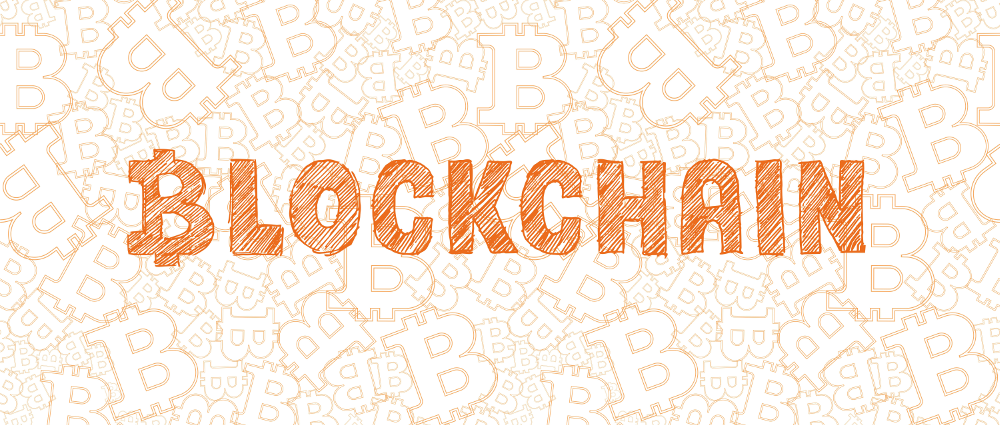There has been a storm around blockchain technology in the past few years. Headlines declared the end to currency as we know it, whilst start-ups claimed to have eliminated the need for the banks. All the while, experiments and adoption rates have steadily gathered pace in a number of industries; not least in FinTech and InsurTech.
Blockchain has become very much like big data, particularly in technology circles: everyone loves to talk about it, a few people claim to be using it but really, only a handful of people understand much of what it's all about.
So what is a blockchain, and how does it work?
On a basic level a blockchain is a data structure, not dissimilar to a database or financial ledger. Each block contains some content (often about financial transactions), some technical information about the block itself and a link to its immediate predecessor. It is this link that's used to build the chain. Every new block that's created is linked back to the last block that was created before it and over time, slowly but surely a blockchain is grown.
This blockchain is usually replicated across a peer-to-peer network, which means lots of individual computers contain a copy of the same data rather than it being stored on a central server. When the blockchain is updated, the information is distributed to every computer in the network in near-real time. Whilst duplicating data on lots of individual computers may seem wasteful, it is this redundancy that makes it very difficult to alter what's in the blockchain without everyone knowing about it - an important security consideration.
Arguably, blockchain's most prominent application has been in the creation of cryptocurrencies such as Bitcoin, which has been making the headlines over the past few years. Ecosystems like these actually enhance blockchain's complexity by imposing certain constraints, such as being decentralised and relatively anonymous; constraints which aren't necessary in every blockchain application.
The Bitcoin cryptocurrency
Bitcoin originally introduced the concept of mining blocks, a mechanism that rewards people for solving computationally expensive puzzles in order to add a new block. New Bitcoin transactions are relayed to the network of servers, collected together and added in a block by the first miner (one of many thousands of competing miners) able to successfully crack the current puzzle. The current reward for adding a new block is 12.5 Bitcoin, which at the time of this post was worth just over $8,000 USD, although this halves roughly every four years in order to slow down the creation of new currency.
By spreading the processing power required to solve these puzzles across lots of dedicated machines (the designing of which is an art form within itself) the mining time is greatly reduced. If a standard computer were to mine the block by itself, it would take more than 500 years to complete!
The Ethereum Project
Ethereum took the application of the underlying blockchain technology to another level by introducing a platform with a built-in Turing-complete programming language (Alan Turing was a mathematician and computer scientist who developed the idea of an abstract machine that could simulate any computer algorithm). This is a language that could theoretically solve any mathematical problem, allowing users to create custom currencies and digital financial instruments. For example, smart contracts allow users to control digital assets through lines of code, enabling users to create entirely customisable systems that until now were mere fantasies. The DAO is one example of such a system; a crowdfunded Decentralised Autonomous Organisation that distributes Ether (the Ethereum equivalent of Bitcoin) as a form of venture capital to various projects depending on how its investors vote. Voting rights are enabled through a digital share token, which allows investors to have their say on proposals submitted by various 'contractors', such as start-ups.
Blockchain's growing role in Finance and Insurance
This technology is exciting people both technical and non-technical around the world. In finance, almost every major bank is experimenting with the technology, trying to understand how it can streamline transactions and what it means for data privacy. Major institutions like Barclays are teaming up with firms proficient in blockchain technology in an attempt to exploit and protect themselves from these potentially disruptive advances.
With blockchain-based technologies, the rate of transactions is typically low, relative to what hedge-funds do in high-frequency trading. Some smaller quantitative finance firms are also employing machine learning to transact dozens of times in a matter of seconds. Rapid access to cryptocurrency exchanges can lead to large profits with minimal transaction costs as investors move in and out of positions in often volatile market conditions.
Moreover, in insurance, the big players are starting to take note. McKinsey referred to the technology as the 'greatest revolution since the advent of the Internet' and Allianz recently announced a successful pilot of a blockchain/smart-contract solution that automates the transaction of catastrophe swaps (a financial instrument used to protect clients from the losses incurred as a result of a natural disaster).
It's difficult to sum up such an exciting and disruptive technology in one short article! Blockchain certainly still has challenges to face but you'd be brave to bet against it. The technology is revolutionising the way we handle data and will be doing so for several years to come.


